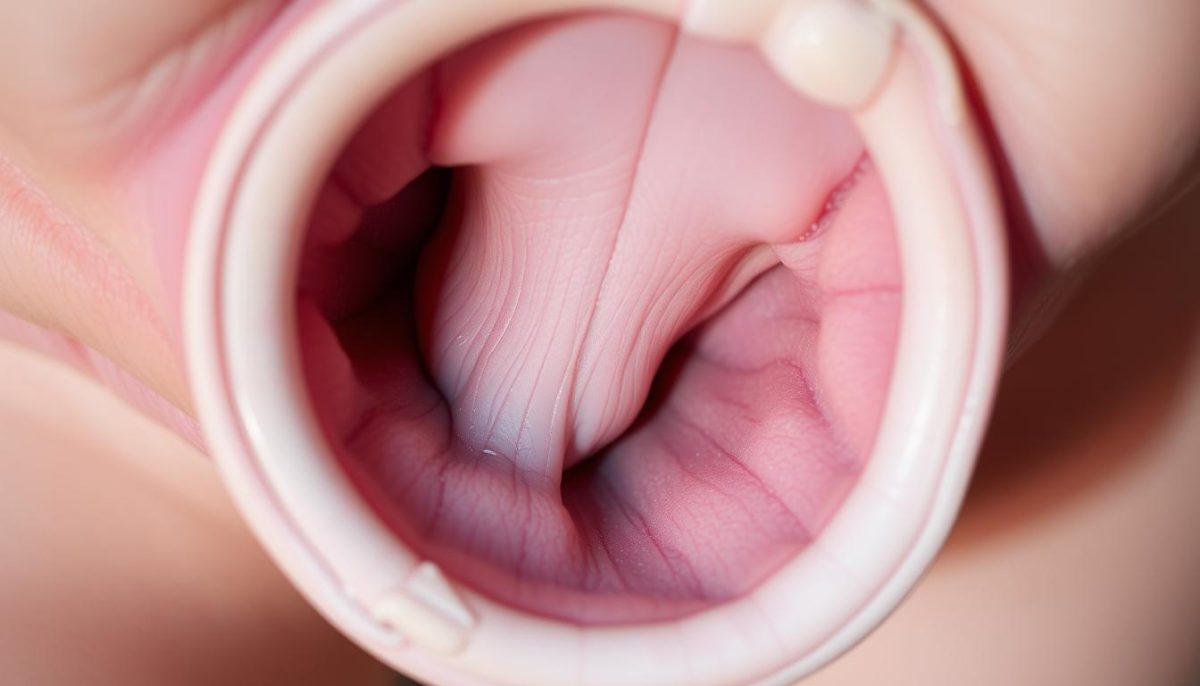As expectant mothers, we understand the eagerness to progress through labor as efficiently as possible. Childbirth is a natural, yet remarkably complex process, and one of the key indicators of labor advancement is cervical dilation. In this article, we’ll explore proven, safe techniques and methods that can help us dilate faster during labor, without compromising the wellbeing of our little ones.
Achieving a faster rate of dilation is not only beneficial for our comfort, but it can also contribute to a more positive overall birthing experience. By understanding the natural processes involved and incorporating evidence-based strategies, we can empower ourselves to navigate this transformative journey with confidence and ease.
Understanding the Natural Process of Dilation
The journey of childbirth is a remarkable and complex process, with cervical dilation playing a crucial role. As we delve into the natural progression of dilation, we’ll uncover the intricate interplay of hormones, physiological changes, and the telltale signs that indicate active labor.
The Role of Hormones in Labor
Hormones are the driving force behind the cervical dilation process. Oxytocin, a hormone produced by the hypothalamus, stimulates uterine contractions and helps the cervix dilate. Prostaglandins, another key player, soften and thin the cervix, preparing it for the gradual opening that occurs during active labor.
Cervical Changes During Active Labor
As labor progresses, the cervix undergoes a remarkable transformation. Initially, it may be long, thick, and closed. As contractions intensify, the cervix begins to soften, thin, and gradually open, allowing the baby to descend through the birth canal.
Signs of Progressive Dilation
- Increased frequency and intensity of contractions
- Feeling of pressure or discomfort in the pelvic region
- Cervix thinning and dilating, as determined by vaginal examinations
- Bloody show, a pink or blood-tinged mucus discharge
- Rupture of the amniotic sac, resulting in a steady leakage of fluid
Understanding the natural process of cervical dilation is key to navigating the journey of labor and delivery. By recognizing the role of hormones, the physical changes in the cervix, and the telltale signs of progression, expectant parents can feel empowered and prepared for the incredible experience that lies ahead.

How to Dilate Faster: Proven Techniques and Methods
Giving birth is an incredible journey, and as expectant parents, we all hope for a smooth and efficient labor progression. While the natural process of dilation is remarkable, there are proven techniques and methods that can help speed up the labor process. In this section, we’ll explore several effective approaches to encourage faster dilation and a more comfortable birthing experience.
Walking and Movement
One of the simplest and most effective ways to promote dilation is by staying active during labor. Regular walking, gentle swaying, or even climbing stairs can help gravity assist the process of cervical dilation. By keeping your body moving, you can encourage the baby’s descent and apply gentle pressure on the cervix, leading to more rapid progression.
Birthing Ball Exercises
Using a birthing ball, also known as a exercise ball, can be a game-changer in speeding up labor. Sitting on the ball and gently rocking, circling, or bouncing can help engage the pelvis and encourage the baby to move down the birth canal. These movements can also help relieve back pain and promote relaxation, both of which are crucial for efficient dilation.
Nipple Stimulation
Believe it or not, nipple stimulation can be a natural way to speed up labor. Gently massaging or rolling the nipples can trigger the release of oxytocin, the hormone responsible for uterine contractions. This can help strengthen and regulate contractions, leading to a more efficient dilation process.
Relaxation Techniques
Maintaining a calm and relaxed state during labor is essential for optimal dilation. Techniques such as deep breathing, visualization, and meditation can help reduce stress and tension, allowing your body to focus on the natural process of labor. When you’re relaxed, your cervix is more likely to dilate at a steady pace.
Remember, staying hydrated and maintaining your energy levels are also important factors in supporting a faster labor progression. By incorporating these proven techniques and methods, you can help your body dilate more efficiently and welcome your little one into the world with greater ease.

“The key to a successful labor is to trust your body and work with it, not against it. By embracing these natural techniques, you can empower yourself and enjoy a more positive birthing experience.”
Safe Movement and Positioning to Encourage Dilation
During the labor process, making use of safe and effective movement and positioning techniques can play a crucial role in encouraging faster dilation. Childbirth experts recommend exploring various labor positions, such as squatting, hands and knees, and side-lying, each offering unique benefits to support optimal fetal positioning and ease the dilation process.
Squatting, for instance, can help by utilizing gravity to facilitate the baby’s descent and promote cervical opening. The hands and knees position, on the other hand, can relieve back pressure and encourage the baby to move into a more favorable position. Meanwhile, the side-lying position can aid in relieving pressure on the spine and promote relaxation, potentially leading to more efficient uterine contractions and faster dilation.
Regularly changing positions during labor is also important, as it allows us to explore different movements and find the ones that work best for our individual needs. By actively engaging in safe movement and experimenting with various labor positions, we can contribute to creating the ideal conditions for our baby’s smooth and timely arrival.











